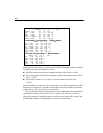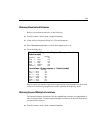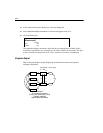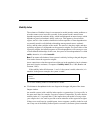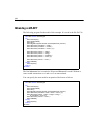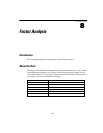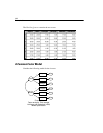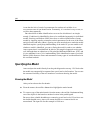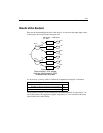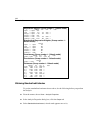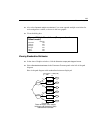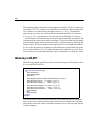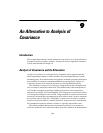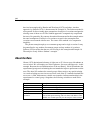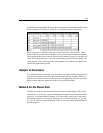
140
Example 8
is true that the lack of a unit of measurement for unobserved variables is an
ever-present cause of non-identification. Fortunately, it is one that is easy to cure, as
we have done repeatedly.
But other kinds of under-identification can occur for which there is no simple
remedy. Conditions for identifiability have to be established separately for individual
models. Jöreskog and Sörbom (1984) show how to achieve identification of many
models by imposing equality constraints on their parameters. In the case of the factor
analysis model (and many others), figuring out what must be done to make the model
identified requires a pretty deep understanding of the model. If you are unable to tell
whether a model is identified, you can try fitting the model in order to see whether
Amos reports that it is unidentified. In practice, this empirical approach works quite
well, although there are objections to it in principle (McDonald and Krane, 1979), and
it is no substitute for an a priori understanding of the identification status of a model.
Bollen (1989) discusses causes and treatments of many types of non-identification in
his excellent textbook.
Specifying the Model
Amos analyzes the model directly from the path diagram shown on p. 138. Notice that
the model can conceptually be separated into spatial and verbal branches. You can use
the structural similarity of the two branches to accelerate drawing the model.
Drawing the Model
After you have drawn the first branch:
E From the menus, choose Edit > Select All to highlight the entire branch.
E To create a copy of the entire branch, from the menus, choose Edit > Duplicate and drag
one of the objects in the branch to another location in the path diagram.
Be sure to draw a double-headed arrow connecting spatial and verbal. If you leave out
the double-headed arrow, Amos will assume that the two common factors are
uncorrelated. The input file for this example is Ex08.amw.



